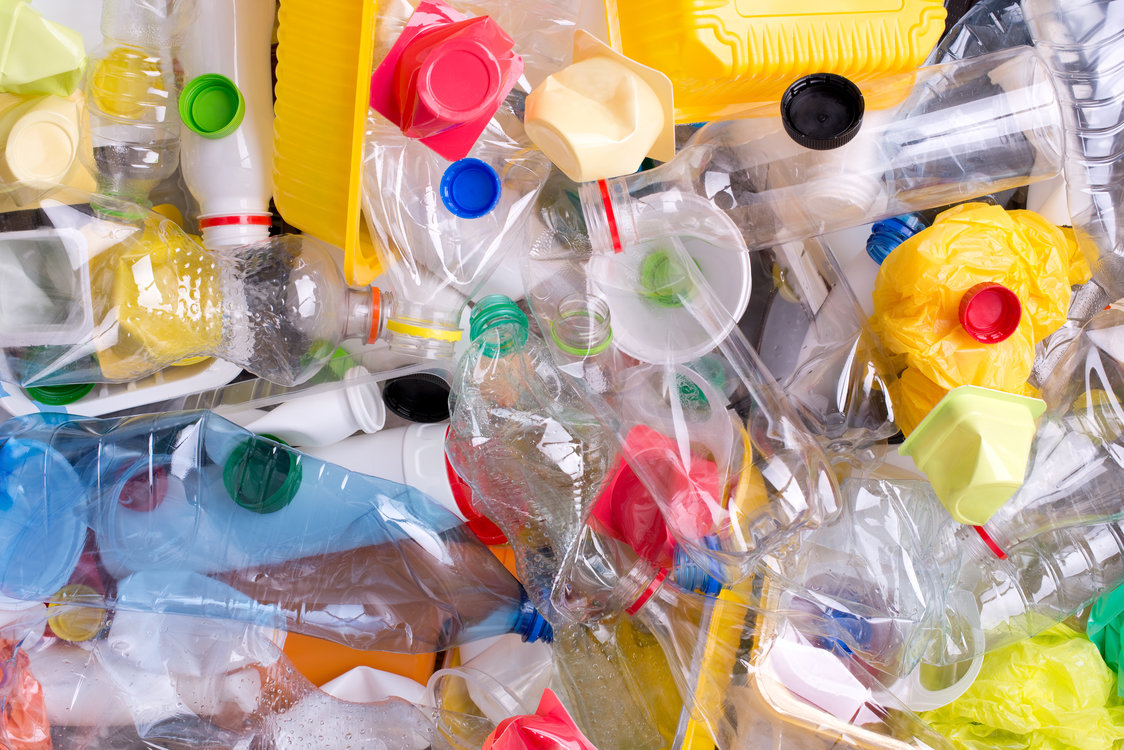 A startup is using robotics, artificial intelligence and the cloud to combat recycling contamination at one of its sources: public collection bins.
A startup is using robotics, artificial intelligence and the cloud to combat recycling contamination at one of its sources: public collection bins.

 Associate Editor Jared Paben has worked for Resource Recycling since December 2014. Most of his earlier career was spent as a reporter for the daily newspaper in Bellingham, Wash., but he also has experience working for the Oregon volunteerism commission and for Oregon nonprofits serving low-income populations. He can be contacted at [email protected].
Associate Editor Jared Paben has worked for Resource Recycling since December 2014. Most of his earlier career was spent as a reporter for the daily newspaper in Bellingham, Wash., but he also has experience working for the Oregon volunteerism commission and for Oregon nonprofits serving low-income populations. He can be contacted at [email protected]. A startup is using robotics, artificial intelligence and the cloud to combat recycling contamination at one of its sources: public collection bins.
A startup is using robotics, artificial intelligence and the cloud to combat recycling contamination at one of its sources: public collection bins.
 When it comes to materials processing contracts, the debate is often framed in black and white: taxpayers versus shareholders battling to collect the financial rewards of recycling and avoid the costs.
When it comes to materials processing contracts, the debate is often framed in black and white: taxpayers versus shareholders battling to collect the financial rewards of recycling and avoid the costs.
 The closing of container-redemption centers across California has meant dirtier downstream loads of recovered glass. Regulators are now adding emergency regulations to ensure that increased contamination doesn’t threaten the state’s glass recycling industry.
The closing of container-redemption centers across California has meant dirtier downstream loads of recovered glass. Regulators are now adding emergency regulations to ensure that increased contamination doesn’t threaten the state’s glass recycling industry.

Photo credit: Sven Eberlein
Upgrades to a San Francisco materials recovery facility have boosted throughputs by nearly 40 percent and ensured the adaptability needed to confront an evolving ton. Recology, which operates the state-of-the-art facility, provided Resource Recycling with details of the major upgrade.
 The largest garbage and recycling companies in North America say they saw significant revenue boosts from rising values for recovered materials.
The largest garbage and recycling companies in North America say they saw significant revenue boosts from rising values for recovered materials.
 California officials are asking for input on how to appropriately regulate secondary-glass processors with residue rates above 10 percent.
California officials are asking for input on how to appropriately regulate secondary-glass processors with residue rates above 10 percent.
 A materials recovery facility in Seattle recently reopened with new sortation equipment, which is allowing for greater throughput and cleaner end products.
A materials recovery facility in Seattle recently reopened with new sortation equipment, which is allowing for greater throughput and cleaner end products.
 The assets of shuttered plastics reclaimer Entropex will be purchased by the founders of Emterra Group and Merlin Plastics Group.
The assets of shuttered plastics reclaimer Entropex will be purchased by the founders of Emterra Group and Merlin Plastics Group.
 Research from a carton packaging group shows many residents in Canada fail to recycle cartons because of knowledge gaps. On the bright side, only 6 percent said they’re “just not that into recycling.”
Research from a carton packaging group shows many residents in Canada fail to recycle cartons because of knowledge gaps. On the bright side, only 6 percent said they’re “just not that into recycling.”
 An upgrade at a Midwest MRF has dramatically boosted its throughput while allowing it to better separate materials.
An upgrade at a Midwest MRF has dramatically boosted its throughput while allowing it to better separate materials.
